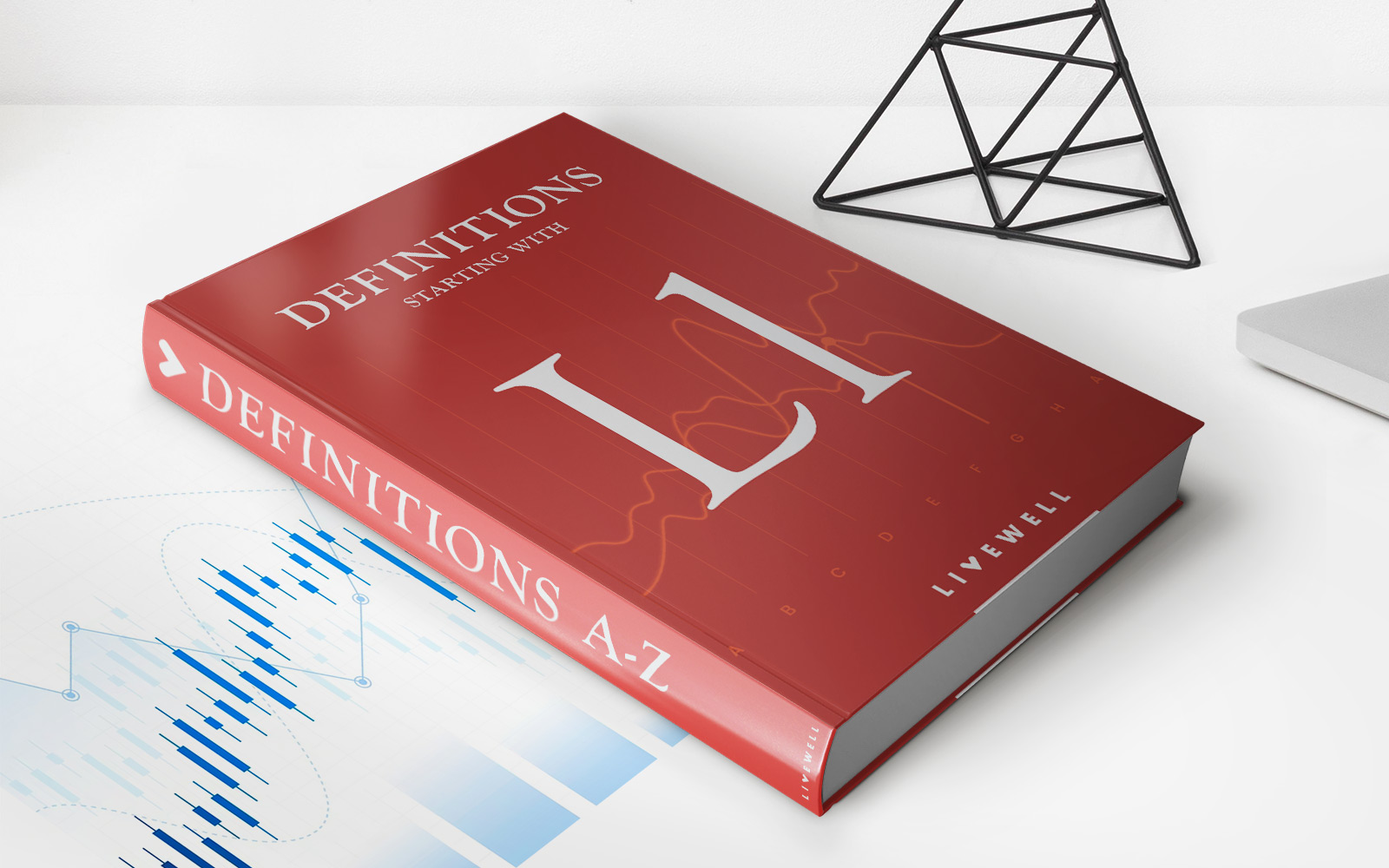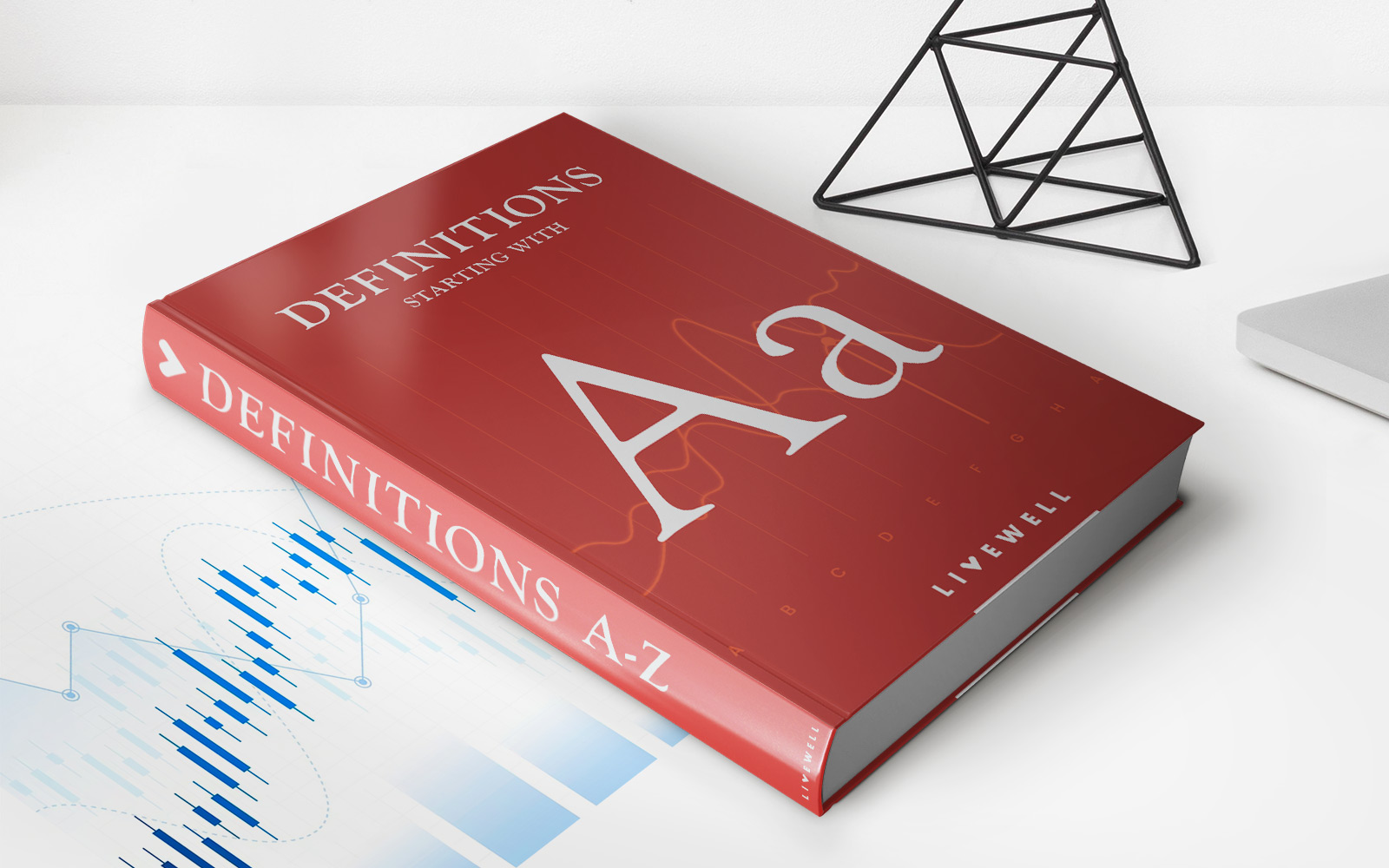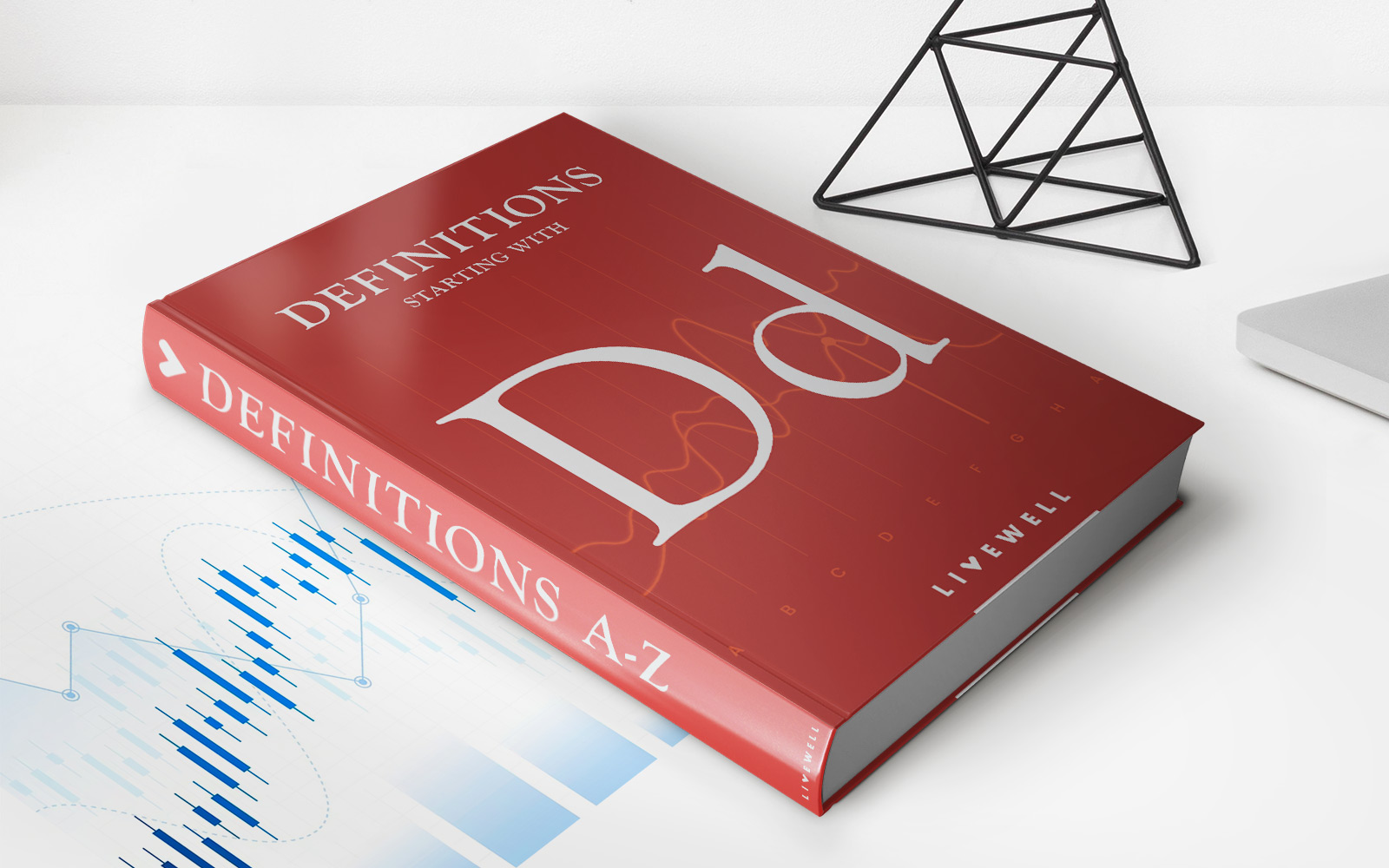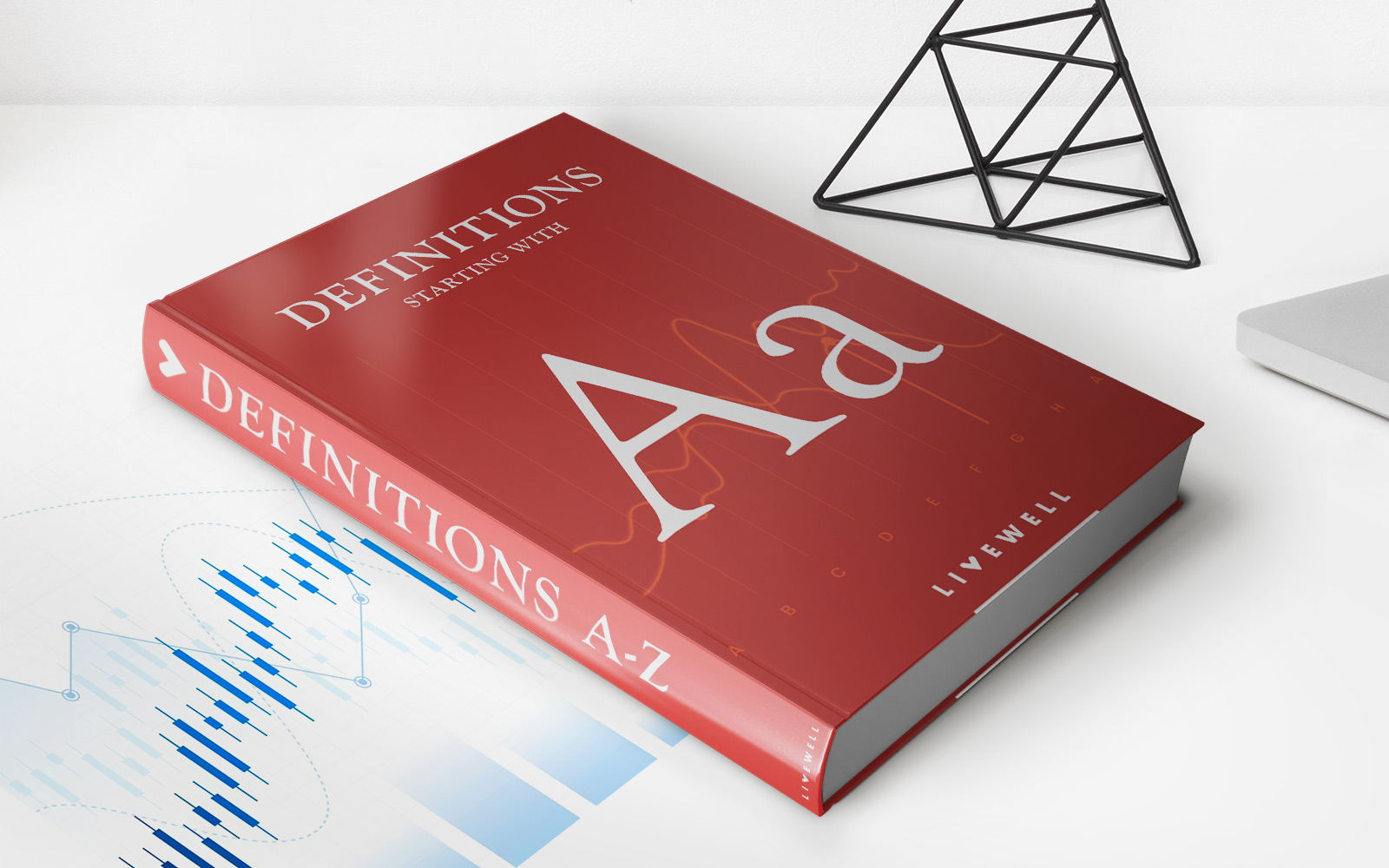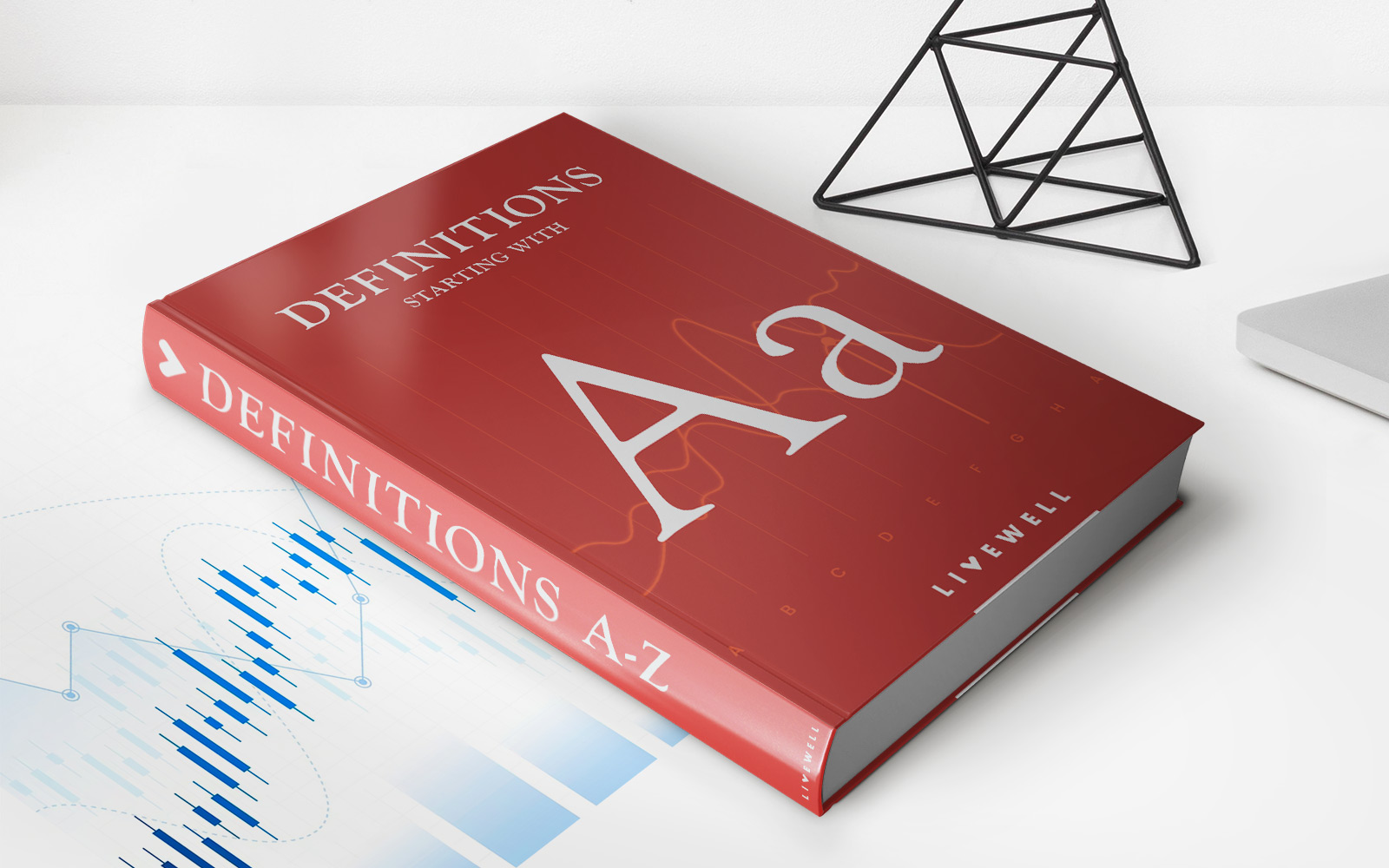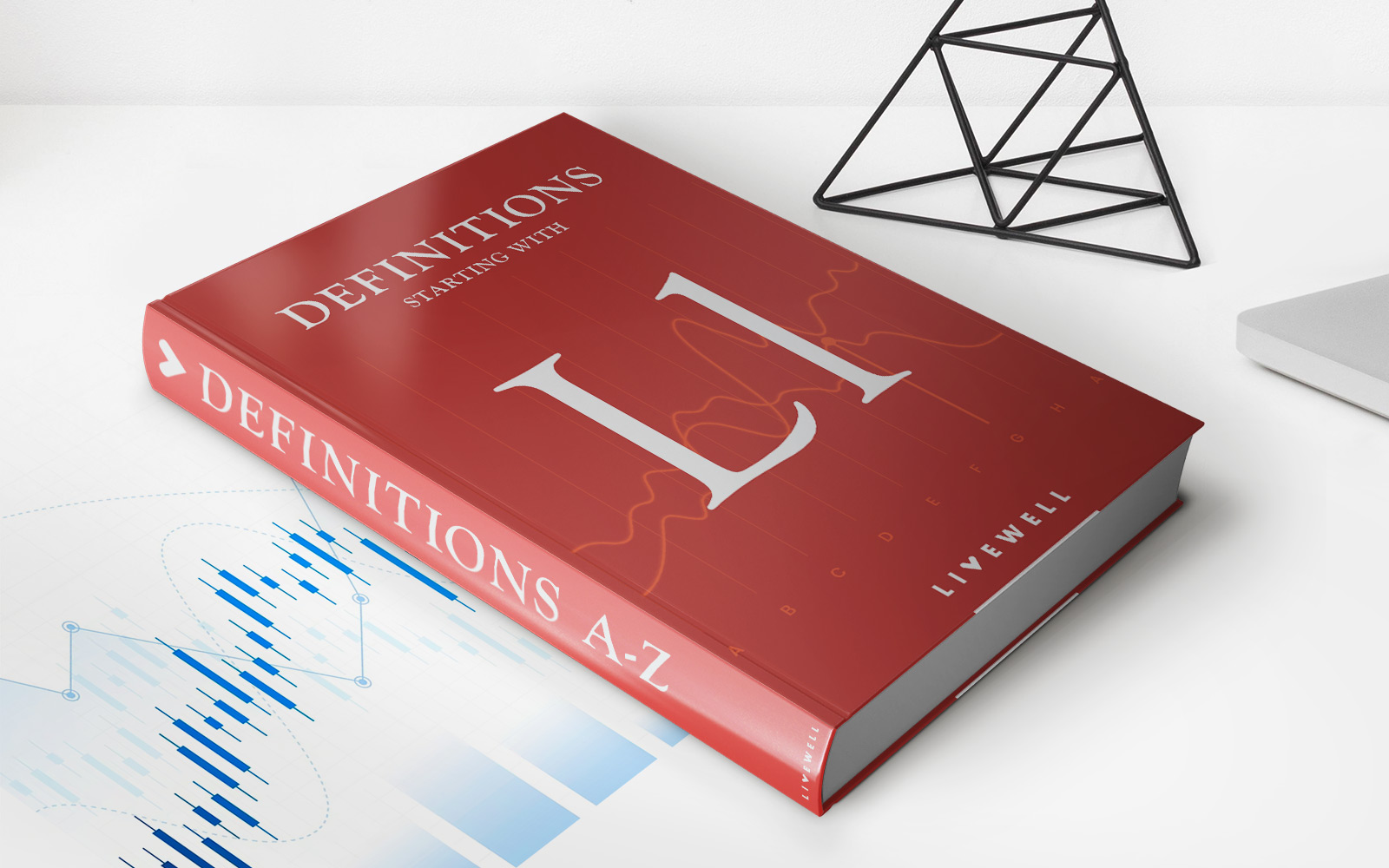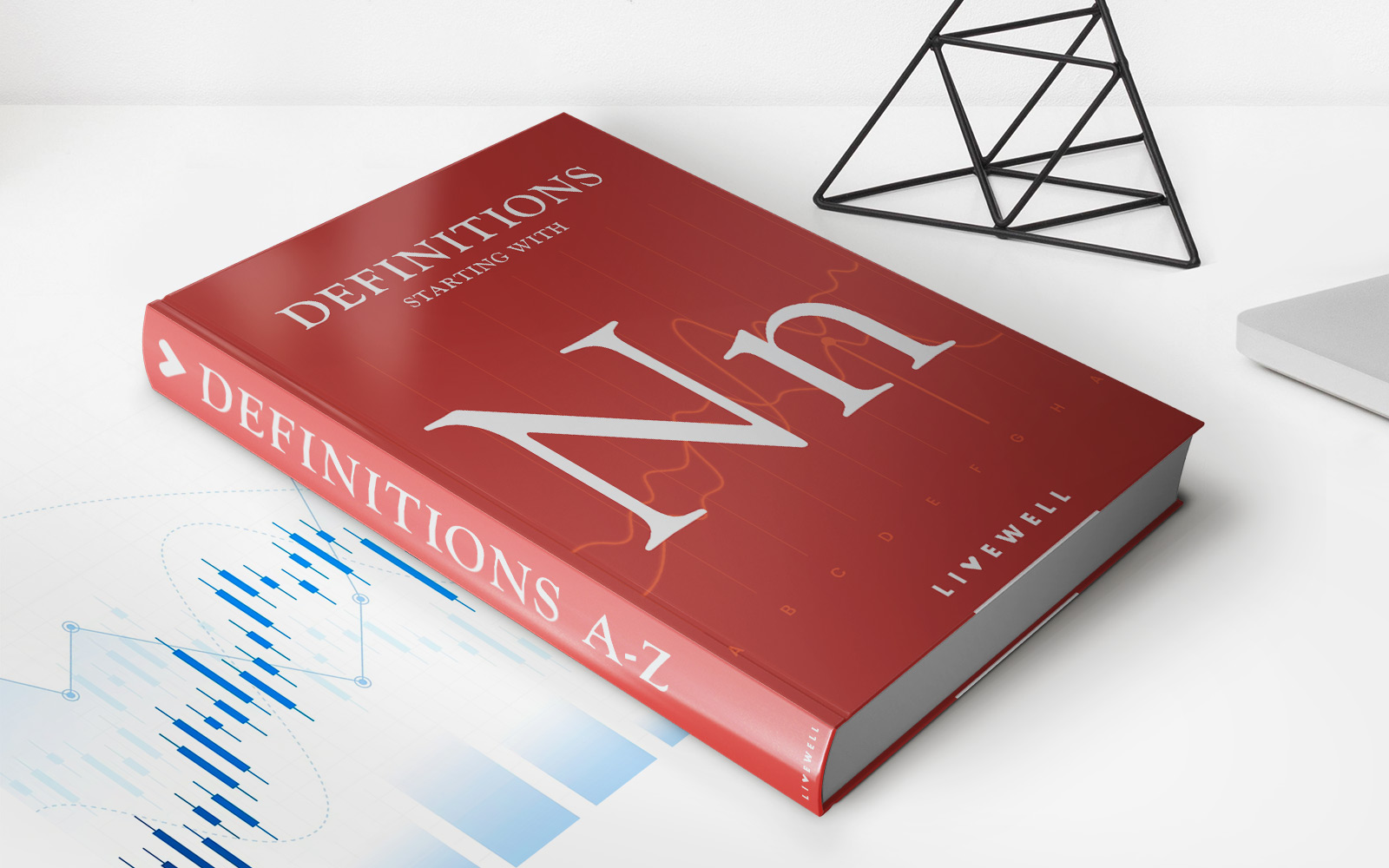Home>Finance>Average Cost Method: Definition And Formula With Example


Finance
Average Cost Method: Definition And Formula With Example
Published: October 11, 2023
Learn about the average cost method in finance, including its definition and formula. Discover how this method is used with an example.
(Many of the links in this article redirect to a specific reviewed product. Your purchase of these products through affiliate links helps to generate commission for LiveWell, at no extra cost. Learn more)
Average Cost Method: Definition and Formula with Example
Finance is a vital aspect of our lives, impacting everything from our daily expenses to long-term investment decisions. One popular method used in finance is the Average Cost Method, which allows individuals and businesses to calculate the value of their inventory or investments. In this blog post, we will explore the definition, formula, and provide an example of how the Average Cost Method works.
Key Takeaways:
- The Average Cost Method is widely used in finance to calculate the value of inventory or investments.
- It is calculated by dividing the total cost of inventory or investments by the quantity held.
What is the Average Cost Method?
The Average Cost Method is an accounting technique used to assign a value to inventory or investments when their prices fluctuate over time. By taking into account the average cost of acquiring inventory or making investments, this method provides a more accurate representation of the value of assets.
The Average Cost Method works by dividing the total cost of inventory or investments by the quantity held. The resulting number represents the cost per unit or share.
Formula for Average Cost Method
The formula for calculating the average cost using the Average Cost Method is:
Average Cost = Total Cost / Quantity Held
Let’s break down the formula:
- Average Cost: This is the cost per unit or share, calculated by the formula.
- Total Cost: This is the sum of all costs incurred in acquiring the inventory or investments.
- Quantity Held: This refers to the number of units or shares held in inventory or investments.
Example of Average Cost Method
Let’s say you run a retail business and purchase a specific type of product at different prices over the course of a month. Here is an example of how the Average Cost Method can be applied:
You start the month with 10 units of a product. The first purchase is 5 units for $50, the second purchase is 10 units for $100, and the third purchase is 15 units for $150. The total cost of acquiring the inventory is $300 (50 + 100 + 150).
To determine the average cost per unit, you divide the total cost by the quantity held:
Average Cost = 300 / (10 + 5 + 10 + 15) = 300 / 40 = $7.50
Therefore, the average cost per unit in this example is $7.50.
Conclusion
The Average Cost Method is a valuable tool in finance, allowing individuals and businesses to calculate the value of their inventory or investments accurately. By factoring in the average cost, this method provides a more realistic representation of the financial standing. Understanding the formula and applying it correctly will ensure accurate calculations and informed decision-making.
So, whether you are a business owner tracking inventory costs or an individual seeking to determine the average cost of your investments, the Average Cost Method is an essential concept to grasp.

